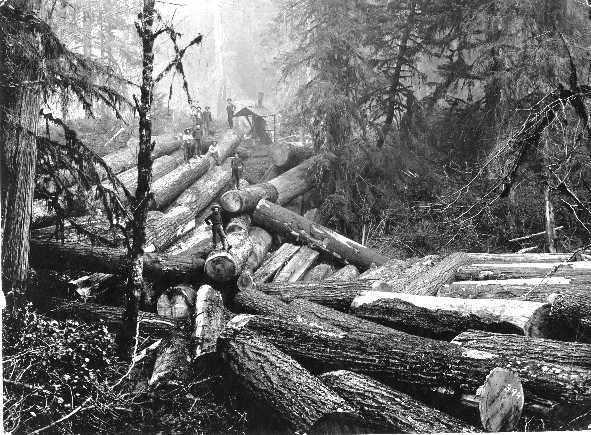
Adaptation
Due to the many interactions of their environment and habitat,
migration may be generally slow and in most cases, the spread of all land snails within the Idaho forest occurs the
hard way, by slowly crawling. The method of slowly crawling can
be somewhat of a problem because snails such as the
Allogona lombardii
may sometimes only journey as far as a twenty inch radius from
their place of birth during their lifetime, depending on the
environmental conditions (Frest
and Johannes, 1997).
spread of all land snails within the Idaho forest occurs the
hard way, by slowly crawling. The method of slowly crawling can
be somewhat of a problem because snails such as the
Allogona lombardii
may sometimes only journey as far as a twenty inch radius from
their place of birth during their lifetime, depending on the
environmental conditions (Frest
and Johannes, 1997).
Passive transport by snails such as the A. lombardii has be observed and some of those would include by stream or flooding or by animals, but how typical and successful such events are in establishing long-term range changes needs more study (Frest and Johannes, 1997). So far the few things we can make sure of is populations of the A. lombardii make significant seasonal migrations and few extended movements (generally less than 200 km) at challenging times of the year for breeding or hibernation sites (Encyclopedia of Life, 2012)
Logging and grazing, mining, and road
construction are all believed to had impacted the Allogona
lombardii habitat throughout the Selway and the Lochsa Rivers,
therefore removing a large
portion of suitable habitat (Frest
and Johannes, 1997).
impacted the Allogona
lombardii habitat throughout the Selway and the Lochsa Rivers,
therefore removing a large
portion of suitable habitat (Frest
and Johannes, 1997).![]()